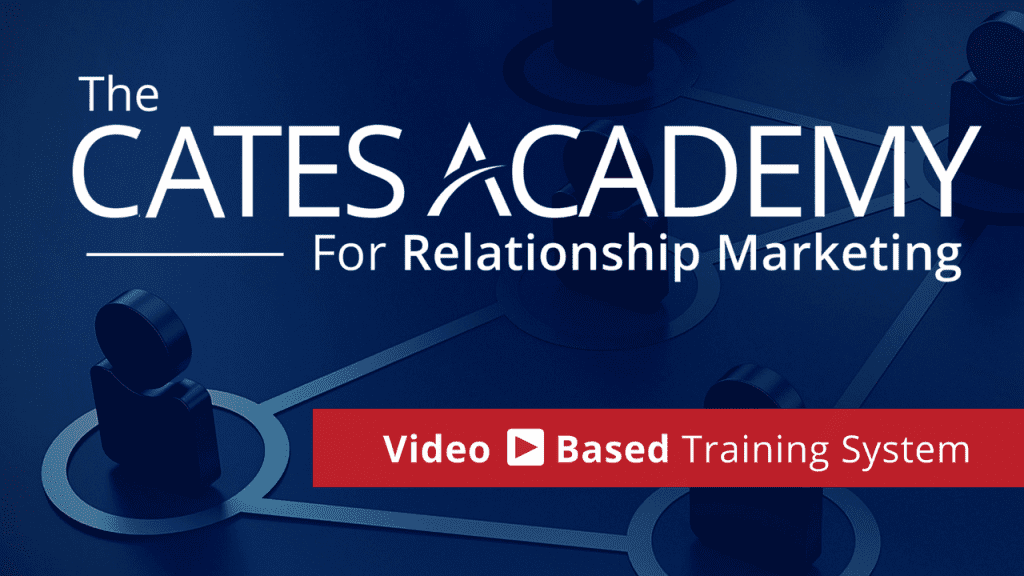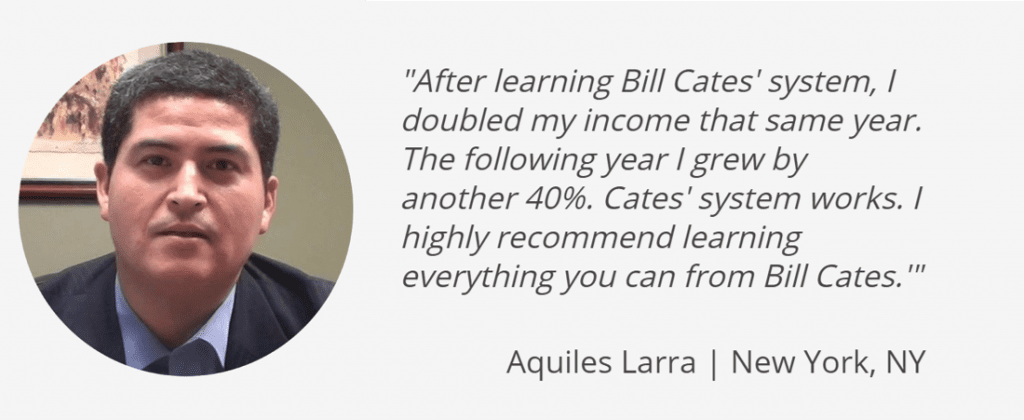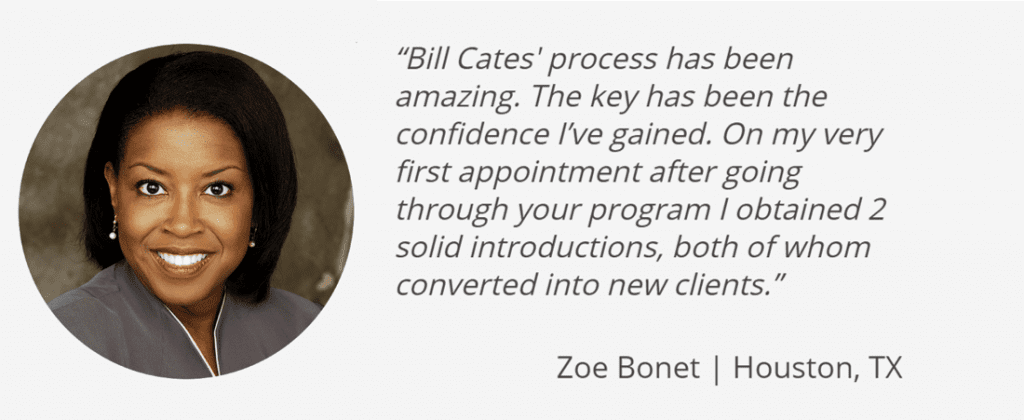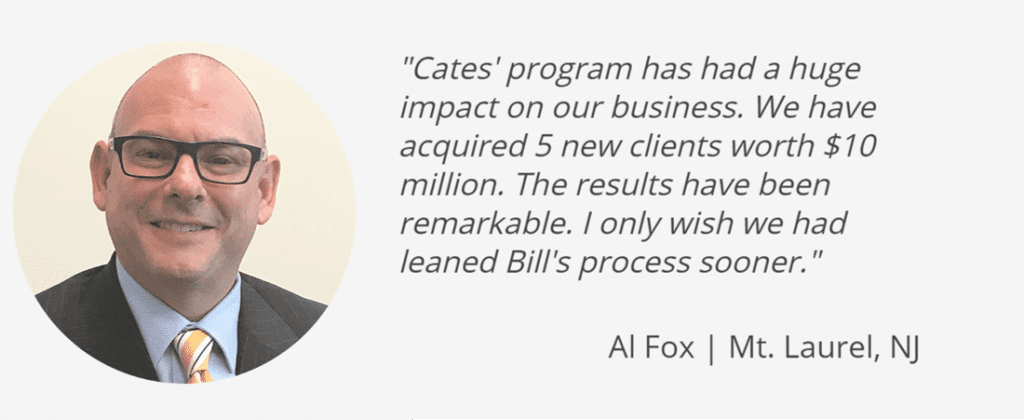Using Mini Case Studies to Grab Interest & Win More Clients

While very few people agree on exactly what makes up a great case study, most will agree that they’re a great form of social proof that can help grab the attention of a new client. Allow me to introduce to you what I’m calling The Minute Case Study.
The Minute Case Study is not a testimonial that a client might write for you. Nor is it a full-blown case study that you might turn into a one or two-page graphic you can share with prospects and COIs. Complete case studies are great and have their place in your marketing/sales toolkit.
The purpose of The Minute Case Study is to use it in conjunction with the many ways you communicate your value. You can use them orally while speaking to an individual prospect or a group during a seminar. You can use them in an email to a prospect, when describing your value proposition to a center of influence or on your website or even in your LinkedIn profile.
Think of The Minute Case Study as a well-crafted “for example” or anecdote that brings your value to life, allowing you to elaborate just a bit on the work you do that is relevant to the conversation.
We know that the human brain listens to stories differently than facts and figures, bullet points, and the other ways we tend to communicate our value. People remember stories better and longer than other information. Stories of differing length are a great tool in sales and marketing.
The Minute Case Study also serves to help you create a more human connection with the listener.
6 Elements of The Minute Case Study
- The Situation – A very brief statement of the starting point.
A senior executive approximately 10 years from retirement. - The Challenge or Opportunity – Their initial motivation for working with you.
Wanting to plan for a smooth transition into retirement without taking a pay cut. - How the Clients Felt About the Challenge or Opportunity
He was concerned and a bit confused if his goal was even possible. - The Strategy – What processes and tools you used.
We used our proprietary 3-step process to gain a deep understanding of his situation, goals, concerns and opportunities, presented a comprehensive plan and then went to work implementing that plan. - The Result – Either achieving a goal or progress toward a goal.
As we began to implement elements of the plan, our client saw how his goal could be achieved. He started taking full advantage of his company’s retirement plan options. - How the Client Feels About the Result or Process
Our client’s sense of relief was visible. He told us that he felt a huge weight being lifted off his shoulders and that he could go back to just enjoying life knowing that a plan was in place and then we would stay with him– adjusting with life’s changes.
For a comprehensive look at how to determine and communicate your value, check out my book Radical Relevance: www.RadicalRelevanceBook.com
Forward this article to a friend or colleague.
And don’t forget ALL our resources – many of them free – are waiting for you at www.ReferralCoach.com/resources.
Virtual Referral Training is Here
Are you ready to grow your business … and change your life?
You can learn and implement our proven process while working from home or not seeing clients and prospects face to face.
Get the details and join us: www.CatesAcademyIndividuals.com








